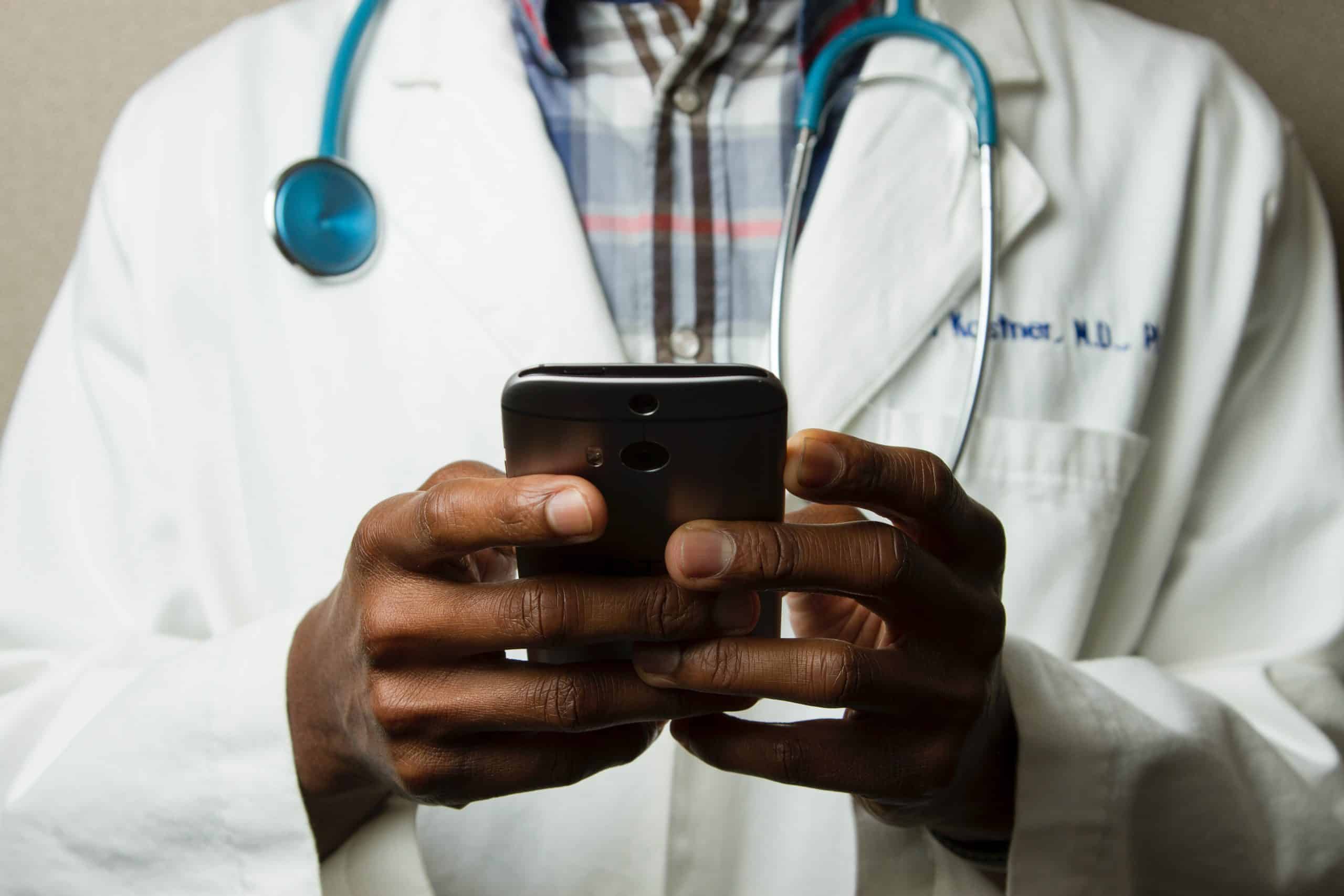Europe’s largest MedTech clean room (2,300 square meters) has just opened in the suburbs of Paris. It is the place where pacemakers and implantable defibrillators are manufactured – more precisely, the electronic mechanism that makes these medical devices so valuable. The company behind it is MicroPort CRM (for Cardiac Rhythm Management), one of the only microprocessor factories in Europe. This is just one of multiple examples. Beyond MicroPort, it is the whole French MedTech industry that is coming alive with the emergence of digital health.
French MedTech: a dynamic and innovative sector
In 2021, the market generated an estimated at €30.7 billion in revenues, including €10 billion in exports (+4.3% annual growth). Some 1,440 businesses were identified in 2021, 93% of which were SMEs, accounting for nearly 88,000 direct jobs. International firms accounted for one-quarter of the businesses in France and two-thirds of revenues generated by the sector. More than 85% of businesses in the sector are of French or European origin.The European medical technology market was worth an estimated €140 billion in 2020 and is the second largest market after the United States. France is Europe’s second-largest market for medical devices after Germany and is taking a promising turn, thanks in particular to the share of revenues reinvested in R&D: 7% in 2021.
R&D and the digital breakthrough
The medical devices sector stands out for its multitude of products with a short life cycle and continuous innovation. In addition, the DM R&D model is premised mainly on the development of public/private partnerships over the long term. The share of revenue dedicated to R&D was 7% in 2021 (compared with 6% in 2019). Nearly two-thirds (63%) of businesses have R&D activities and 13% of firms operate solely in R&D (startups).
Several factors are behind this dynamic: public funding and collaborative innovation on the one hand; and the integration of digital technology into existing products and systems on the other.
The support provided by Bpifrance, investment funds and financial schemes (mainly the Innovation Tax Credit (CII) and the Research Tax Credit (CIR)) enables businesses to reinvest their revenues in R&D. Furthermore, France’s excellence research, whether academic or clinical, is hailed worldwide and provides a solid foundation on which businesses rely, with 62% of players conducting their clinical trials in France.
The digital technology integrated into existing medical devices is a service innovation in its own right. Nearly 42% of the businesses surveyed have a connected medical device or digital solution under development. Twenty-five percent already have a product in their range.
Developing and producing the medical devices of tomorrow
Numerous fundraising rounds are also strengthening the capacity to invest in promising projects, such as:
- Padoa, which raised €80 million in February 2022 to improve health at work.
- Wandercraft, which raised €40 million in January 2022 for its exoskeleton.
- Résilience, which raised €40 million in January 2022 for its remote surveillance and therapeutic monitoring system.
- Cairdac, which raised €17 million in March 2022 for its autonomous sensorless pacemaker.
Ambitious France 2030 and Innovation Health 2030 programs: making France the leading European nation in innovation and health sovereignty
“Regaining the lead in a more predictive, preventive, innovative and personalized medical industry, with a more productive manufacturing sector, made in France.”
Such was the course set out by French President Emmanuel Macron on October 12, 2021, who added: “France must be able to conceive and produce the medical devices of tomorrow. We have no choice but to become one of the best in the health sector.”
He endowed his “France 2030” Recovery Plan with a “Health Pillar”, which is intended to make the French health industry the world leader it was 20 years ago. This plan amounts to €7.5 billion over three to five years, including a €400 million budget dedicated exclusively to MedTech.
These new sources of financing will be delivered through four channels:
- €170 million will go towards supporting projects working on the priorities earmarked by the government: surgical robots, long-term implantable devices and screening, diagnosis and treatment of mental health disorders.
- €140 million will be invested in projects related to national production.
- €60 million will help manufacturers to enter the hospital community.
- €30 million will facilitate market access.
The long-term vision is that of a “medical revolution” thanks to the convergence of artificial intelligence, the Internet of Things and quantum technologies. The ambition is to make France the first innovative and sovereign European nation in health.
France has never been more attractive to foreign investors than in 2021
In 2021, France was home to 1,607 foreign investment projects that created or maintained 45,008 jobs. There was record growth and historical results (+32% in number of projects and +30% in number of jobs), which exceeded their 2019 level. They demonstrated that the health crisis has in no way undermined the confidence of foreign investors in France’s potential.
The figures released by Business France on March 29, 2022, upon the release of the Annual Report on Foreign Investment in France speak for themselves: an increase of almost 10% in the number of projects and 14% in the number of jobs, with 176 new sites compared with 2020. Every day, on average, more than four foreign investment projects made France their destination, creating or safeguarding more than 120 jobs.
Germany was the leading foreign country to invest in France, ahead of the United States, with 18% of investments (United States, 15%; United Kingdom, 9%). In total, the projects came from some sixty countries.
The attractiveness of the entire French nation, all sectors combined, is therefore growing incessantly, when already France has been the leading host country for foreign investments in Europe since 2019.
Healthcare remains the leading industrial sector popular with foreign investors, in terms of number of projects.
These investments concern both industrial projects and the R&D projects of multinational businesses specializing in the pharmaceutical industry (HTL, Recipharm, etc.) or medical devices (Medicom, Tokibo, Getinge, etc.). The German company Merck is investing €25 million and creating 500 jobs at its vaccine production center in Molsheim, Grand Est.
Similarly, the British company SharpTX, a specialist in innovative digital therapies for detecting, preventing and treating diseases of the nervous system, set up operations in France following Brexit. It created Five Lives in Tours (Centre-Val de Loire region) for its R&D development and the deployment of its products, and plans to hire 40 people.
In all, 460 foreign industrial projects were recorded in 2021 in the country, a record that proves that “Made in France” is more fashionable than ever.







